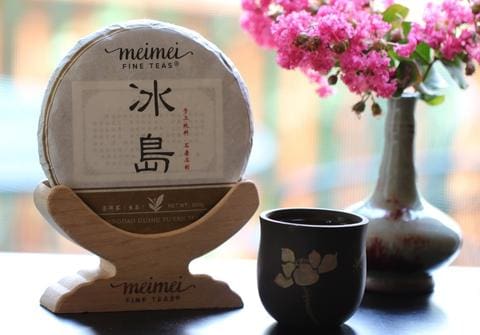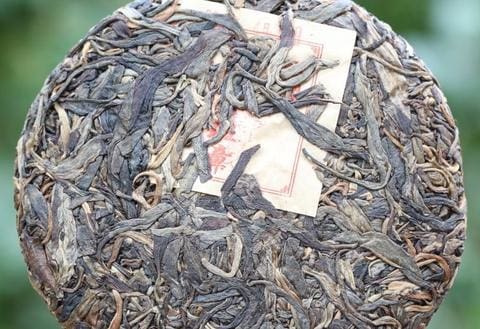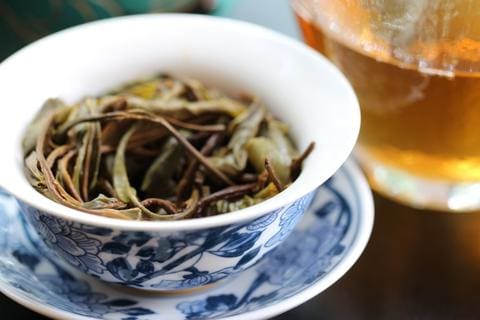
What Is Pu’erh Tea and Why Is It So Captivating? (Part I)
Pu’erh tea has been increasingly growing in popularity in the United States every year. In fact, you just might say “Pu’erh is the new black!” But what exactly is it and why has it been capturing the tastes of tea lovers everywhere?

Believe it or not, but pu’erh tea itself has a rather long history, dating back to the 4th century. Pronounced “poo-air,” this tea originated in the Yunnan province of southwest China, named after the city Pu’erh, where the trading and distribution center of the regional tea was located during the “Tea Horse Road” era. It was here during the Qing dynasty when it began to earn its high reputation.
So what is it?
Pu’erh tea is actually a fermented tea that has been created with the help of microorganisms that change its chemistry, not too dissimilar to the kind of biological magic that makes things like cheese, kombucha, and beer possible. To be sure, the flavors of pu’erh can be very different from these kinds of foods, but if you enjoy fermented foods in general, you’ll probably find pu’erh to be quite exceptional.

All tea that has undergone this kind of fermentation process is known as “dark tea,” and so that makes pu’erh itself a kind of dark tea. However, not all dark tea is pu’erh. True to its origin, authentic pu’erh tea comes from Yunnan province.
You may have read about “raw pu’erh” and “ripe pu’erh” (or “cooked pu’erh”) and found yourself confused as to the difference between these kinds of pu’erh. Owing to different processing methods, pu’erh tea has two subcategories: “sheng” (“raw”) and “shu” (“ripe”).
Sheng pu’erh, or raw, is processed like a semi-green tea by firing it in the wok. It is then sun dried and pressed different forms and shapes for either immediate enjoyment or for storing it over time so that it naturally ferments.
Shu pu’erh, or cooked / ripened, uses techniques to speed up the natural fermentation process. This is accomplished through a special step called “Wuodui,” which involves piling up the raw, processed tea leaves (which are known as “mao cha”). During this step, the mao cha are exposed to specific temperatures and humidity levels for a period of time, usually 45 to 120 days, allowing the enzymes to work on the tea leaves. Once the tea leaves are ready, they are pressed into tea cakes. Making pu’erh this way is relatively new, having been invented in 1973 at Kunming Tea Factory, a prominent pu’erh tea producer.

Regardless of the type, pu’erh tea is usually pressed into cakes, bricks, and tuos (almost a cup-like shape), with cakes most weighing approximately 357g. These are often wrapped in cotton paper for protecting and labeling the tea. The pu’erh cakes are also known as “bings.”
Today, pu’erh tea is made into many different shapes and sizes, such as 100g and 200g, and some factories even produce larger bings, such as 400g or 500g per cake. However, 357g was the original weight and is still the standard.
During the Qing dynasty, a total of seven wrapped cakes (known as “qi zhi bing”) were stacked in a bamboo case (known as a “tong”). For the purposes of easy trading and storage, measurements were standardized as one tong, weighing a total of 2.5kg. If seven cakes weighed 2.5kg, then that made the standard for a single cake right around 357g!
That helps explain why pu’erh is frequently sold in such large sizes, but even if it’s fermented, why does it taste so different from other types of tea? We will continue our discussion on the next blog.
